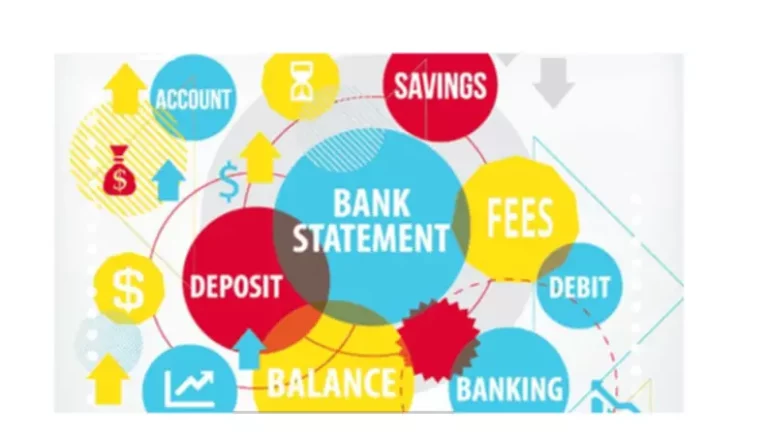Capitulation is a dramatic surge of buying pressure in a rising market or selling pressure in a declining market. As the move accelerates, it will reach a point where traders unwilling to suffer further losses snowballs, leading to a surge in price as traders make a mass surrender. Volume increases as more market participants (buyers and sellers) enter the market.

ADTV is historical and may not reflect current market conditions. It may not capture intraday volume variations or account for price movements. It’s essential to combine ADTV with https://www.xcritical.com/ other indicators and information to make well-informed trading decisions. In the stock market, volume looks at the number of shares traded, not the number of transactions.
Trading volumes in a bear market
A J.P. Morgan Private Client Advisor works with you to understand your goals, to create a customized strategy and help you plan for your family’s tomorrow, today. JPMorgan Chase & Co., its affiliates, and employees do not provide tax, legal or accounting advice. Information presented on these webpages is not intended to provide, and should not be relied on for tax, legal and accounting advice. You should consult your own tax, legal and accounting advisors before engaging in any financial transaction.
It’s a benchmark used not only by intraday traders, but other time frame participants as well. On the above 15 minute chart you can see the uptrend continued to be confirmed as volume continued to rise with price. This process repeats over and over in every trend until price reaches a level that fails to attract new market participants.
Volume of Trade – Definition and Explanation
Open interest decreases when contract buyers (or holders) and sellers (or writers) close out more positions than were opened that day. The volume and open interest metrics provide information about the level of buying and selling underlying a potential price how to increase trading volume move. However, in technical analysis, one must also examine whether the open interest is in calls or puts and whether the contracts are being bought or sold. More volume doesn’t necessarily mean that a stock will move more or less in a given direction.

Average daily trading volume is the average of how many shares (stock market) or contracts (futures and options market) change hands in a day. Open interest is a futures and options term that describes how many contracts are open, that haven’t yet been closed. Each exchange tracks its trading volume(s) and provides data to traders and investors for free or a subscription fee. Trade volume numbers are reported as often as once an hour throughout the current trading day, but reported daily and hourly trade volumes are estimates. Not only did the stock price soar, but the trading volume also spiked dramatically, reflecting intense investor interest.
Trading volumes FAQ
At Forex, it is not yet possible to get full information about all trades made. Day traders tend to gravitate toward stocks or exchange-traded funds (ETFs) with a high average volume, and/or stocks or ETFs that have had a higher-than-usual volume on a particular day. Lower-than-average volume shows lower interest in the stock on that day and likely smaller price movements. The image below is a trading example of a one-minute chart, where each volume bar along the bottom shows how many shares were traded in each one minute period. The volume bars on a daily chart show how many shares change hands during the course of each day. You might want to look at “dollar volume” or “dollar-based trading volume” from time to time.
- It represents the lowest advertised price at which sellers will part with their shares.
- Volume can be an indicator of market trends and developments.
- However, if investors see a rising price and declining volume, it might suggest a lack of interest, and a reversal may be just around the corner.
- However, the investor is not confident the stock will continue in this uptrend and is worried that the trend may reverse.
- In fact, sometimes volumes may increase for reasons like stock splits or news items.
- Investors often use trading volume to confirm the existence or continuation of a trend, or a trend reversal.
- This can be hard to wrap your mind around, but the simple fact is that a price drop (or rise) on little volume is not a strong signal.
When analyzing volume, there are usually guidelines used to determine the strength or weakness of a move. As traders, we are more inclined to join strong moves and take no part in moves that show weakness—or we may even watch for an entry in the opposite direction of a weak move. If a stock has a trading volume of one, it means only one share was traded during the measured period. Trading volumes are the number of stocks traded or the number of trades in a fixed period. If the price is below the VWAP indicator, then trade opens at a price below the market average. Therefore, a price reversal under VWAP and its crossing by the price from bottom to top serves as a signal to open a long trade.
Upside breakout with above average volume
Zero-based budgeting involves building a new spending plan from scratch rather than from previous spending levels. The importance of volume will vary depending on your investment goals. Volume tells you the level of activity, but not the reason behind the activity. Get stock recommendations, portfolio guidance, and more from The Motley Fool’s premium services. These guidelines do not hold true in all situations, but they offer general guidance for trading decisions.

